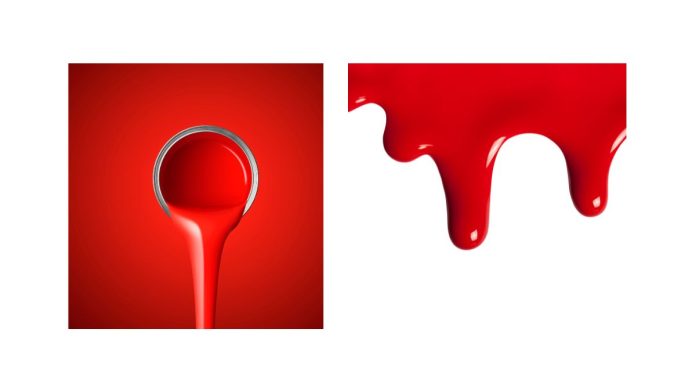Creating red paint without access to commercial red pigments can be achieved through various methods, utilizing natural ingredients or combining other colors to approximate red hues. Here are some approaches to consider:
1. Utilizing Natural Ingredients
Natural sources can provide vibrant red pigments suitable for paint-making. Here are some commonly used ingredients:
Beetroot
Beets are rich in betacyanin, a pigment that imparts a deep red color. To extract the dye, chop the beets, simmer them in water until tender, and strain the liquid. This beet juice can then be mixed with a binder like cornstarch to create paint.
Pomegranate
Pomegranate skins can be infused in hot water to release red pigments. Soak the skins in boiling water for several hours, strain the liquid, and combine it with a suitable binder to produce red paint.
Hibiscus Flowers
Soaking dried hibiscus flowers in hot water yields a red dye. Steep the flowers in boiling water for about five minutes, strain the infusion, and mix it with a binder to create paint.
Paprika
Paprika can be used as a dry pigment. Mixing paprika powder with a binder like cornstarch and water can produce a reddish-orange paint.
2. Mixing Other Colors
In traditional color theory, red is a primary color and cannot be created by mixing other colors. However, certain combinations can produce hues that resemble red:
- Magenta and Yellow: Combining magenta and yellow can yield a red-like color. Magenta, being a primary color in the subtractive color model, mixed with yellow, can produce a spectrum of colors, including reds.
- Blue, Yellow, and Orange: Some suggest that mixing blue, yellow, and orange with white can create a dull red hue. However, this method may not produce a vibrant red and can be less predictable.
3. Alternative Solutions
If creating red paint from scratch is challenging, consider these alternatives:
- Purchase Red Pigment: Acquiring red pigment from art supply stores can simplify the process, allowing you to mix it with binders to create paint.
- Use Red Dyes: Red food coloring or fabric dyes can serve as substitutes in certain applications, though they may not offer the same opacity or permanence as traditional paints.
Considerations
When creating paint from natural sources:
- Color Fastness: Natural pigments may fade over time or under exposure to light.
- Binder Compatibility: Ensure the natural dye is compatible with the binder used to achieve the desired consistency and adhesion.
- Application Suitability: Natural paints may behave differently from commercial paints in terms of drying time, texture, and finish.
In summary, while traditional red paint is typically made using specific red pigments, various natural ingredients and color mixing techniques can be employed to approximate red hues when red paint is unavailable.



